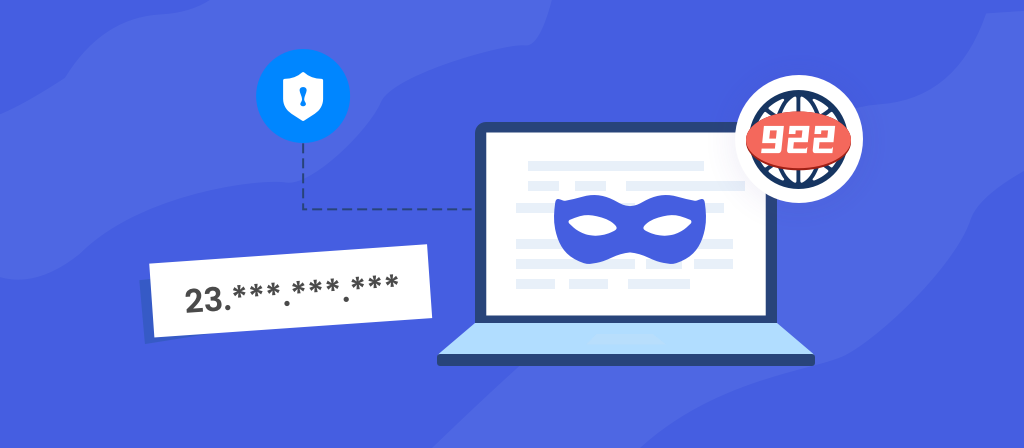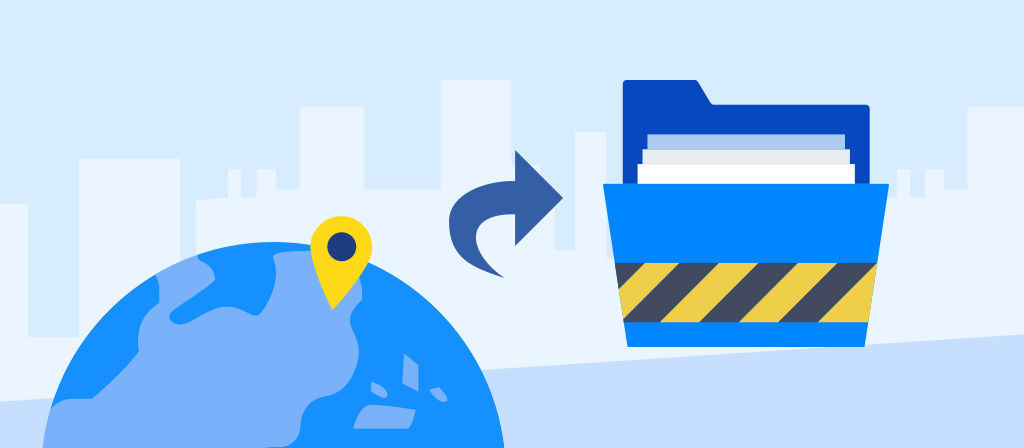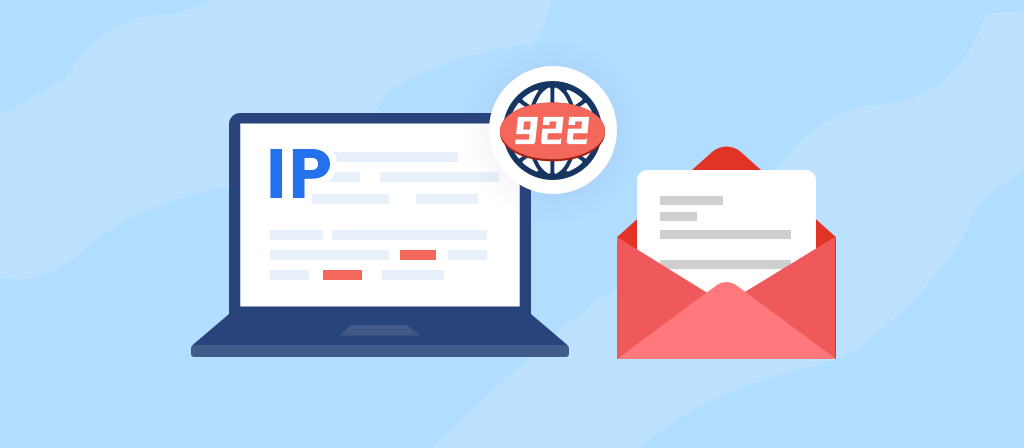
As the demand for web data continues to grow, the methods for scraping data have become increasingly diverse. Traditional web scraping primarily relies on extracting data from HTML, whereas screen scraping, as a relatively unique technique, captures images, text, and other dynamic content, making it useful for retrieving data that cannot be obtained via conventional methods.
This article will delve into the working principles of screen scraping, its use cases, pros and cons, and its significance in real-world applications.
What is Screen Scraping?
As the name suggests, screen scraping is the process of capturing content displayed on a screen, such as images, text, and other elements. This technique does not rely on traditional web scraping methods but instead simulates user behavior to capture and parse content from the screen. Screen scraping is particularly useful for obtaining data that cannot be accessed through APIs or conventional web scraping methods.
Unlike web scraping, it is not limited to HTML elements. It can handle dynamic data, complex graphical interfaces, and data that requires user interaction. This makes it especially valuable in scenarios where visual or interactive content is involved.
How Screen Scraping Works?
The working principle of screen scraping primarily relies on image processing and optical character recognition (OCR) technology. Below are the key steps involved:
Capture Screen Image: The first step in screen scraping involves capturing the content currently displayed on the screen, which could be the entire desktop or a specific application window.
Image Processing and OCR: Once the screen image is captured, it is processed to identify and extract data. If the image contains text, OCR technology will recognize and convert the text into machine-readable data.
Simulating User Actions: Some screen scraping tools can simulate mouse clicks, scrolling, and keyboard input, enabling them to capture interactive web pages, game interfaces, or data that only appears after user interactions.
Data Extraction: After processing the image and performing OCR, the scraping tool extracts the desired data from the image or the recognized text. This step often requires custom code or algorithms to filter and accurately extract useful information.

Use Cases of Screen Scraping
Screen scraping has a wide range of applications, especially when it comes to capturing dynamic content that cannot be retrieved through conventional HTML scraping. Here are some common use cases:
Data Collection
Screen scraping is useful for capturing data displayed as images or dynamic graphs, such as retrieving data from online maps or extracting real-time stock charts.
Automated Testing
In software development, screen scraping is often used for automated testing to simulate user behavior and check the correctness and responsiveness of a UI (User Interface). It is an effective tool for ensuring software stability across different environments.
Game Data Scraping
Screen scraping is frequently used in the gaming industry to capture data such as in-game prices, task progress, and more, especially when this data cannot be accessed via public APIs.
Financial and Stock Data
Some stock trading platforms do not provide open APIs, so screen scraping can be used to extract stock market data from platform charts and assist users in analyzing real-time market trends.
Content Monitoring and Analysis
In social media and ad monitoring, screen scraping can capture images, videos, and other unstructured content, allowing businesses to analyze their brand presence and ad effectiveness.
Screen Scraping vs. Web Scraping
Screen scraping and web scraping differ in several key aspects. Here’s a comparison between the two:
Web Scraping:
- Relies on HTML, CSS, and JavaScript elements to retrieve data.
- Suitable for scraping static data such as product descriptions, reviews, prices, etc.
- More efficient and usually harder to detect by websites.
- May fail to capture dynamically generated content (e.g., JavaScript-rendered data).
Screen Scraping:
- Captures any content displayed on the screen, including images, text, and dynamic elements.
- Suitable for scraping interactive web pages, graphical content, and dynamic data that cannot be accessed by traditional methods.
- Less efficient as it involves image processing and OCR, which can be resource-intensive.
- More likely to be detected by websites, especially when scraping frequently.
Advantages and Disadvantages of Screen Scraping
Advantages:
High Flexibility: Screen scraping can capture any content displayed on the screen, including images, text, and video, providing greater flexibility than traditional scraping.
Suitable for Dynamic Data: It excels in capturing dynamic or interactive content, such as live graphs, game interfaces, or content hidden behind user actions.
Supports Automated Testing: Screen scraping is widely used in automated UI testing, simulating user behavior to ensure that applications behave as expected.
Disadvantages:
Lower Efficiency: Compared to web scraping, screen scraping is slower due to the need for image processing and OCR.
OCR Limitations: OCR technology is not 100% accurate, and recognition errors may impact the precision of data extraction.
Easily Blocked: Frequent screen scraping activities can be detected by websites, leading to IP bans or account restrictions.
High Resource Consumption: Screen scraping requires considerable system resources, especially when capturing large volumes of content.
Is Screen Scraping Legal?
The legality of screen scraping depends on several factors, including the privacy policies and terms of use of the target website. Many websites prohibit scraping their content, especially for commercial purposes. To minimize legal risks, users should adhere to the following guidelines:
Review Terms of Service: Before performing screen scraping, carefully review the privacy policies and terms of service of the target website to ensure compliance.
Avoid Excessive Requests: Do not make excessive or frequent scraping requests, as this can overload the website’s servers and result in IP bans.
Use Proxies: Using proxy servers, especially when performing large-scale scraping, can help avoid IP bans and provide additional privacy protection.

Recommended Free Screen Scraping Tools
Sikuli: An open-source automation tool that uses image recognition to simulate user actions, allowing users to capture data from the screen and application windows.
PyAutoGUI: A Python library that simulates mouse and keyboard actions, with support for screen captures and basic screen scraping tasks.
AutoHotkey: A powerful automation scripting tool that can simulate user actions and perform screen scraping tasks.
Tesseract: An open-source OCR tool used for text recognition within images, helping with data extraction from captured screen content.
Why Screen Scraping Needs 922S5Proxy?
When performing screen scraping, using a proxy service can help conceal your real IP address, avoid IP bans, and enhance anonymity. 922S5Proxy offers residential proxy services that ensure high anonymity and stability, particularly when frequent scraping is required. With 922S5Proxy, users can:
Avoid IP Bans
Frequent scraping actions can lead to IP bans, but using proxies helps mitigate this risk.
Bypass Geographical Restrictions
For content that is geographically restricted, 922S5Proxy provides access to IP addresses from around the world, allowing users to access restricted resources.
Improve Scraping Efficiency
Stable and efficient proxy servers ensure smooth data scraping, especially for large-scale scraping operations.
Conclusion
Screen scraping is a powerful technique that helps users capture complex, dynamic data that cannot be retrieved using traditional web scraping methods. While it offers significant advantages in terms of flexibility and adaptability, it also comes with drawbacks such as lower efficiency and resource consumption.
By leveraging proxy services like 922S5Proxy, users can enhance their scraping operations, improve anonymity, and avoid common scraping challenges.
Frequently Questions
Q1: What types of data are suitable for screen scraping?
Screen scraping is ideal for capturing images, text, videos, or data that requires user interaction, especially when this data is not accessible through traditional scraping methods.
Q2: How do I choose the right proxy for screen scraping?
It is recommended to use residential proxy services to ensure high anonymity and reduce the risk of IP bans during frequent scraping.
Q3: Does screen scraping speed depend on hardware?
Yes, screen scraping requires significant computational resources, and hardware performance can have a significant impact on the scraping speed.



